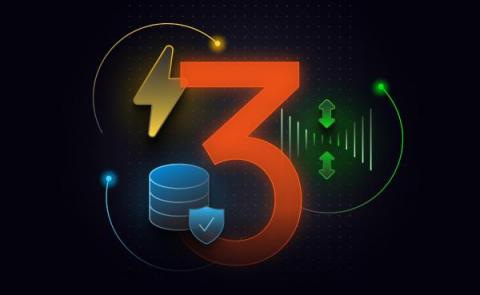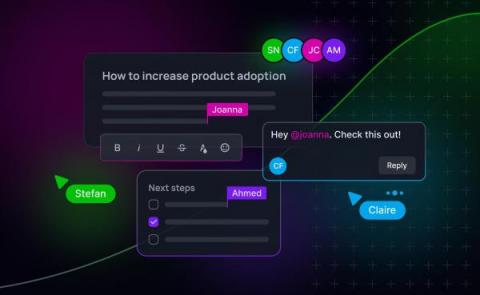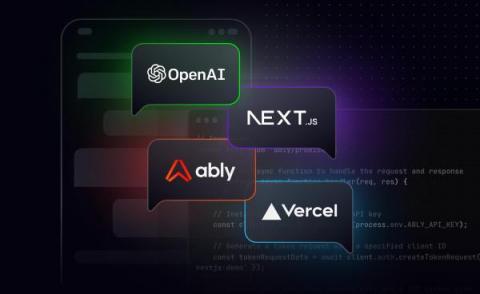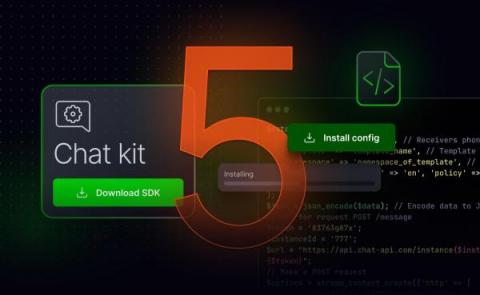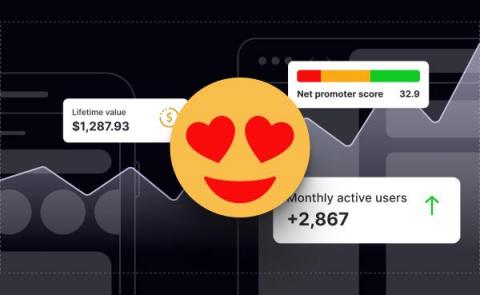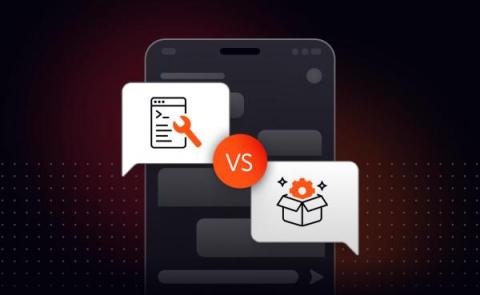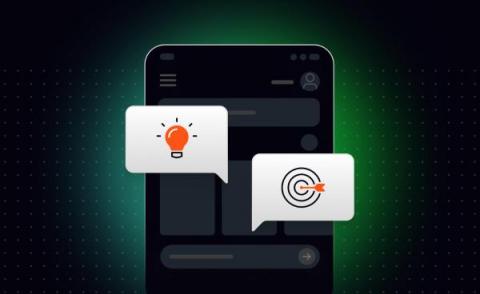Building realtime updates into your application: 3 things to consider
Let's talk about a problem all baseball fans know all too well: you're stuck in traffic or buried under a mountain of work, and there's no way you're going to make it home in time for the game. An average baseball game clocks in around three hours, and sometimes, life doesn't afford you that kind of leisure time. Here, apps promising live game updates become a lifeline for the busy fan. However, that's where we hit a snag.


